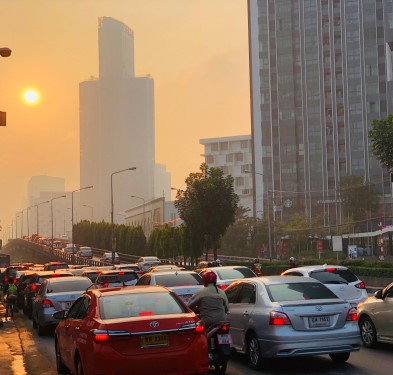
The U.S. Environmental Protection Agency (EPA) announced Thursday that it is proposed new greenhouse gas emissions standards for passenger cars and light trucks that will secure pollution reductions through Model Year (MY) 2026.
The proposal also outlines the Agency’s plans to initiate subsequent rulemaking to set standards for MY 2027 and beyond as a way to transition light-duty vehicles toward a zero emissions future. The EPA also announced it was planning on updating air pollution standards for heavy-duty vehicles.
The proposal would put the EPA’s clean cars program on track, using the technology available to make vehicles cleaner and encourage more hybrid and electric vehicle technology. The proposed 2023-2026 light-duty standards would reduce greenhouse gas and other pollutants while providing drivers with lower operating costs resulting in significant fuel savings.
“Today, EPA takes a major step forward in delivering on President Biden’s ambitious agenda to address the climate crisis and create good-paying, union jobs,” said EPA Administrator Michael S. Regan. “These robust standards are underpinned by sound science and technical expertise, encouraging the development of technology and innovation that will drive America forward into a clean energy future. We are excited about building on the partnerships with states, cities, industry, labor, and NGO stakeholders to realize this vision together.”
The proposed revisions would establish more stringent standards for each model year starting in 2023. In MY 2023, the standards would have a 10 percent greater emissions improvement than previous standards, with each model year having a 5 percent greater emissions improvement each year after. The proposed standards for MY 2026 would be the most robust federal greenhouse gas standards in U.S. history.
The EPA estimates this proposal would result in 2.2 billion tons of avoided CO2 emissions through 2050 – roughly the equivalent of one year’s worth of greenhouse gas emission from all the petroleum combustion in the United States in 2019, providing an estimated $86 to $140 billion in net benefit to Americans.
The EPA also announced plans to reduce emissions and pollutants from heavy-duty trucks. A series of major rulemakings over the next three years would set new standards for criteria pollutants for the heavy-duty truck sector, target upgrades in emissions standards, and set more robust emission standards for new heavy-duty vehicles.
“Pollution from trucks has been a long-standing obstacle to advancing environmental justice, as many low-income and minority communities live near highways or in heavily polluted areas with frequent truck congestion and idling,” Regan said. “EPA is committed to walking our talk and delivering tangible benefits to historically underserved and overburdened communities. Setting clear and stringent standards for truck pollution is critical to delivering on this commitment.”